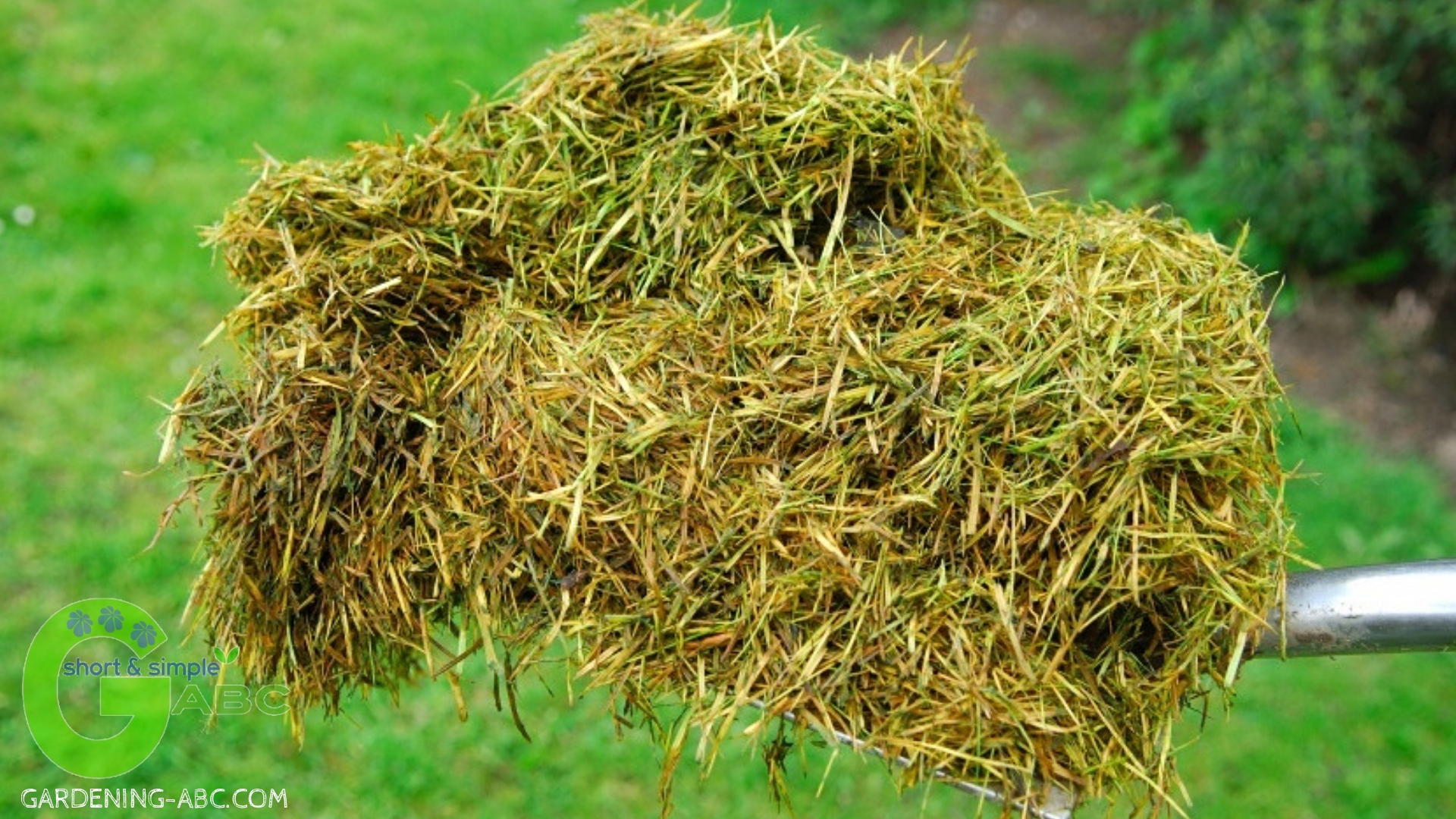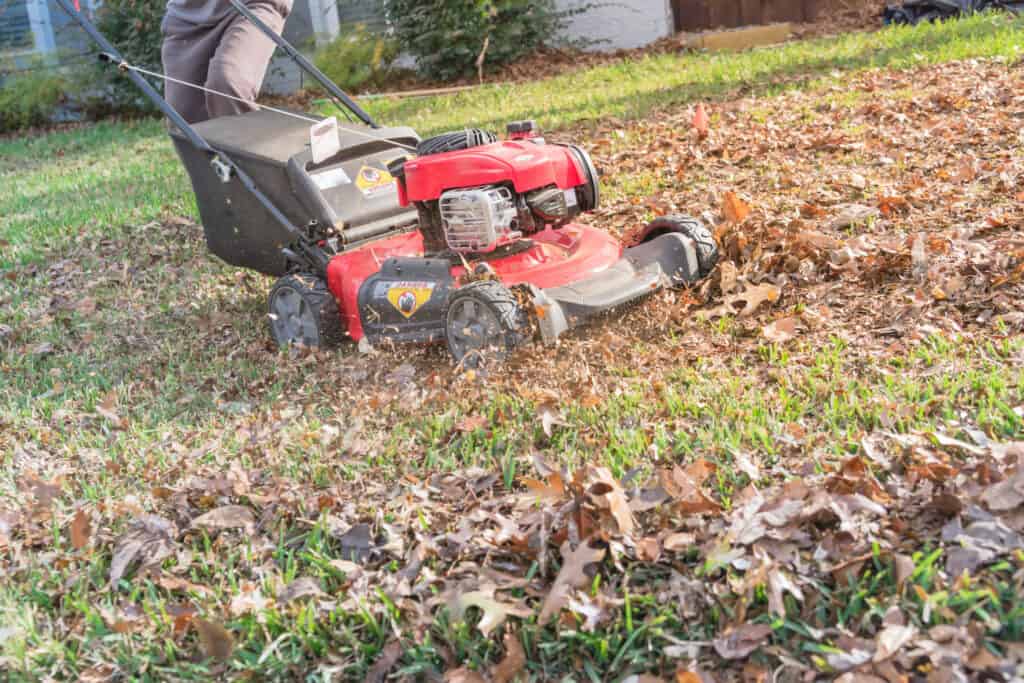
“Bagging is additional work as you need to stop frequently and empty the bag,” Truetken said. The states are: Arkansas, Connecticut, Delaware, Florida, Georgia, Illinois, Iowa, Maryland, Massachusetts, Michigan, Minnesota, Missouri, Nebraska, North Carolina, Ohio, Pennsylvania, South Carolina, South Dakota, Vermont, New York and Wisconsin. According to data from The Composting Council, 25 states have regulations limiting or banning yard clippings in landfills. Also, state governments have taken action to keep yard trimmings out of their landfills. In part, that’s because the norm has changed, and people either mulch or compost their trimmings from grass plants.

That’s down from 27 million tons in 1980. But just 10.8 million tons end up in landfills. Environmental Protection Agency, shows Americans generate about 34.7 million tons of yard trimmings per year. The mulching of yard trimmings has been a success story for landfills. “You’re reducing landfill waste by not bagging, and cutting back on plastic, since the bag will inevitably be plastic,” Michael said. “Some cities collect yard waste for composting, but usually it just ends up in the landfill.” “Bagging is not so environmentally friendly unless you have a compost pile, which most people do not have,” Truetken said. Mulching your yard clippings reduces dump fees and keeps yard waste out of already-strained landfills. “Grass is 80 percent water, so in essence, you’re watering your lawn a bit by leaving them there,” said Allen Michael, editor of, a site for do-it-yourselfers. Mulching lawn clippings “helps lawns stay hydrated in high-heat and drought conditions,” said Cassy Aoyagi, president and co-owner of FormLA Landscaping of Los Angeles. Lawn clipping mulch allows you to skip the time and expense of a nitrogen fertilizer cycle while still maintaining a healthy lawn. That’s “a considerable amount when typical recommendations suggest 2 to 5 pounds of actual nitrogen per 1,000 square feet of lawn annually,” notes Oregon State University’s Extension Service. Sources: Sources: The Lawn Institute, James B.

Lawn Clipping NutrientsĪmount mowed off in one growing season (per 1,000 square feet) Leaving the mulch in your lawn returns several pounds of nutrients to your lawn each season. “For example, nitrogen, phosphorus and potassium are all preserved by utilizing the mulch, reducing the need for artificial fertilizers to keep your lawn looking healthy.” Grass clippings are a natural fertilizer.īy mulching, you reduce your lawn’s fertilizer needs. “Mulching re-introduces essential minerals to your lawn that would otherwise be lost,” O’Rourke said. There are at least five benefits to mulching your grass clippings. If done correctly, it also doesn’t reduce the neat appearance, either.“ 5 benefits of lawn mulching Mulching allows the clippings to revitalize the lawn with nutrients as they decay. “However, it’s not necessarily the best thing.

“Bagging is definitely neater because there will be no clumps of grass left over,” said Luke Truetken, owner of Luke’s Landscape & Maintenance of McKinney, Texas. “I would say that the standard has changed over time as people have begun to recognize the nutritional benefit of mulch on their lawns,” O’Rourke said. “Avoiding the bagging of cuttings will help the environment – avoiding the need for this waste material to enter landfills,” said Thomas O’Rourke, of the garden advice site. “Overall, it is better to mulch because the nutrients remain in the soil,” said Teris Pantazes, CEO of the Baltimore-based handyman community site,. So today the norm is “grasscycling” - returning the cut blades of grass right back to the soil. The invention of a new class of mowing blades - mulching blades - let mowers chop the grass blades into finer pieces that are harder to see and decompose more quickly.

Turfgrass researchers found that trimmed lawn clippings do not cause thatch. Some research and a bit of technology overcame both of those objections. We thought bagging was better and believed grass clippings contributed to thatch buildup. We also preferred the look of a lawn without the ragged bits of mown grass. In the not-too-distant past, the standard advice was the opposite. Your lawn and the environment will both be happier for it. The verdict is in from gardeners, environmentalists, and scientists: Don’t bag your grass clippings.


 0 kommentar(er)
0 kommentar(er)
